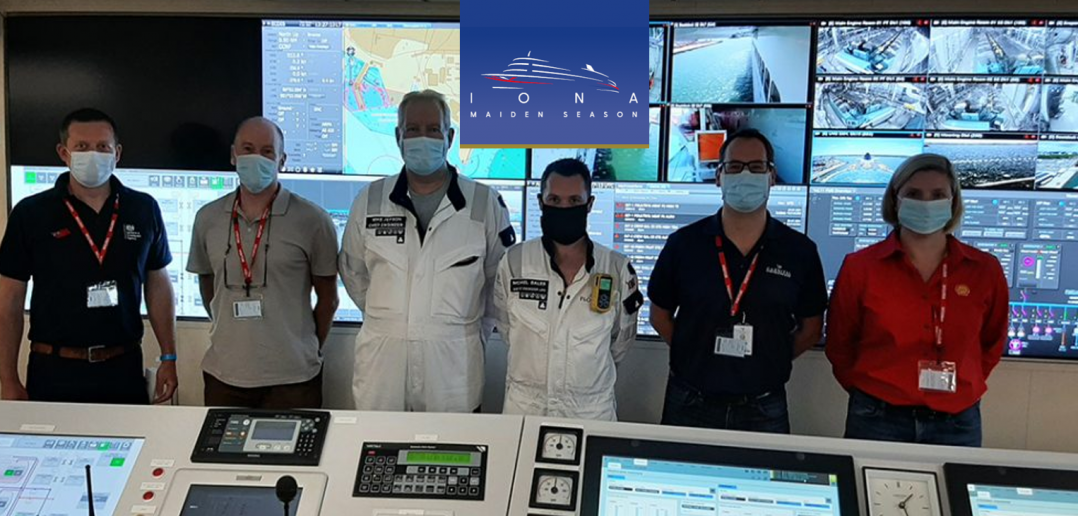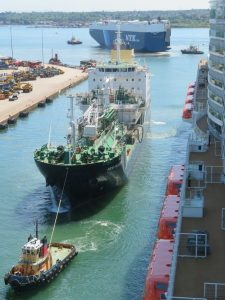While many of our ships continue to prepare to return to service, Iona’s one of a handful of Carnival Corporation ships that is entering into service – she’s getting ready to welcome Guests on board for the very first time.
Next week, all eyes will be on Iona as she sets off on her inaugural cruises around the British Isles. Over the past few weeks our teams have been busy getting Iona ‘ship shape’, including her final commissioning in Norway, which included testing her shore power technology.
When we first created our goal to build Britain’s first Liquefied Natural Gas (LNG) cruise ship, shore power capability was part of our vision to improve and create the most sustainable cruise ship this country has ever had.
What’s shore power?
Like you would plug your phone or kettle into the wall, shore power is much the same. Ships can plug into mains power when in a port which offers shore power capabilities. In our home-port of Southampton, we’ve been working closely with ABP to create this capability – although it’s not quite the same as using giant three pin plugs!
As well as testing her shore power technologies, Iona completed a very important milestone with her second LNG bunkering operation taking place in Southampton.
And what’s bunkering?
‘Bunkering’ is the name given to re-fuelling a ship, and includes distributing the fuel to the available bunker tanks on board. This process is quite complex when working with LNG and involves a large number of personnel from across the maritime departments working together to ensure a smooth and safe operation.
We caught up with Michael Bales, an LNG Engineer on Iona to tell us all about it…
“The bunker vessel used for this operation was the New Frontier 1. New Frontier 1 is simply too large to go directly alongside Iona and so a ‘spacer’ pontoon was needed to separate the two vessels and prevent the bunker tanker damaging Iona’s overhanging lifeboats.
Once alongside the pontoon, Chief Engineer Mike Jepson and I began the 10 hour operation of working our way through various checklists, procedures, safety shutdown tests, and system preparations. LNG was taken onboard Iona at -154°C and a flow rate of 650m3/hour into three type C fuel tanks. The fuel is then stored in its liquid form until it is processed in the ship’s gas handling rooms and converted into a gas for use in the engines and boilers whenever requested.
The operation was overseen by a representative from the Maritime and Coastguard Agency. This was an important step which needed to be completed to give Iona the green light and move another step forward towards her eagerly awaited entry into service.”
Both of these are exciting steps forward as we eagerly get closer to Iona bringing unforgettable holiday happiness to our Guests very soon!


 “The bunker vessel used for this operation was the New Frontier 1. New Frontier 1 is simply too large to go directly alongside Iona and so a ‘spacer’ pontoon was needed to separate the two vessels and prevent the bunker tanker damaging Iona’s overhanging lifeboats.
“The bunker vessel used for this operation was the New Frontier 1. New Frontier 1 is simply too large to go directly alongside Iona and so a ‘spacer’ pontoon was needed to separate the two vessels and prevent the bunker tanker damaging Iona’s overhanging lifeboats.